Overview of Trenchless Technology
Horizontal Directional Drilling (HDD) construction technology represents a modern method for underground pipeline installation that has revolutionized traditional open-cut pipeline laying approaches. As China's urbanization accelerates and municipal drainage pipeline construction demands surge, HDD construction has emerged as an effective solution to urban pipeline network challenges. Also known as the reciprocal boring method, HDD construction refers to a mechanical operation method used when traditional excavation isn't feasible or when workers cannot access the work area directly. It involves drilling, spoil removal, cleaning, directional control, and ultimately pipeline installation after reaming.
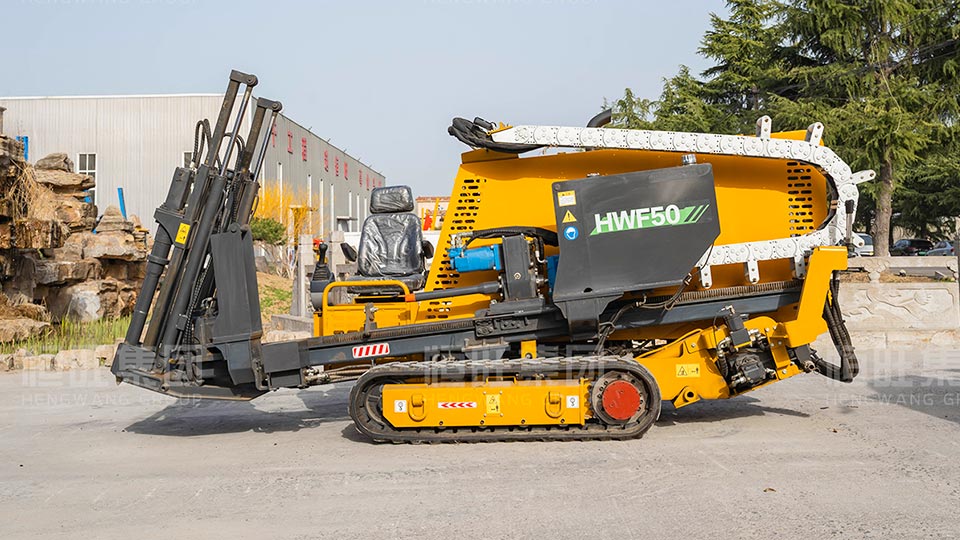
Core Advantages of HDD Construction
HDD construction technology offers numerous significant benefits that make it increasingly popular in urban pipeline projects:
1. Minimal Environmental Impact: HDD construction eliminates the need for extensive surface excavation, significantly reducing disruption to urban traffic and the environment. While urban pipelines typically reach depths below 3 meters, river crossings can achieve depths of 9-18 meters below the riverbed, with negligible impact on surrounding areas.
2. High Construction Precision: Modern HDD construction equipment delivers exceptional accuracy in alignment and depth control, easily achieving design specifications for pipeline grade and curvature while effectively avoiding underground obstacles.
3. Superior Adaptability: HDD construction isn't season-dependent, requires no underwater work, doesn't affect waterway navigation, and preserves riverbank and riverbed structures, maintaining high construction quality across diverse environmental conditions.
Technical Characteristics of HDD Construction
The unique technical features of HDD construction have established it as a core technology in trenchless applications:
1. Short Construction Cycles: Compared to traditional open-cut methods, HDD construction is significantly faster with reduced labor requirements
2. High Success Rate: Advanced guidance systems enable HDD construction success rates exceeding 95%
3. Safety and Reliability: The entire HDD construction process occurs underground without disrupting surface activities
4. Operational Flexibility: Construction sites can be easily adjusted, particularly suitable for complex urban environments
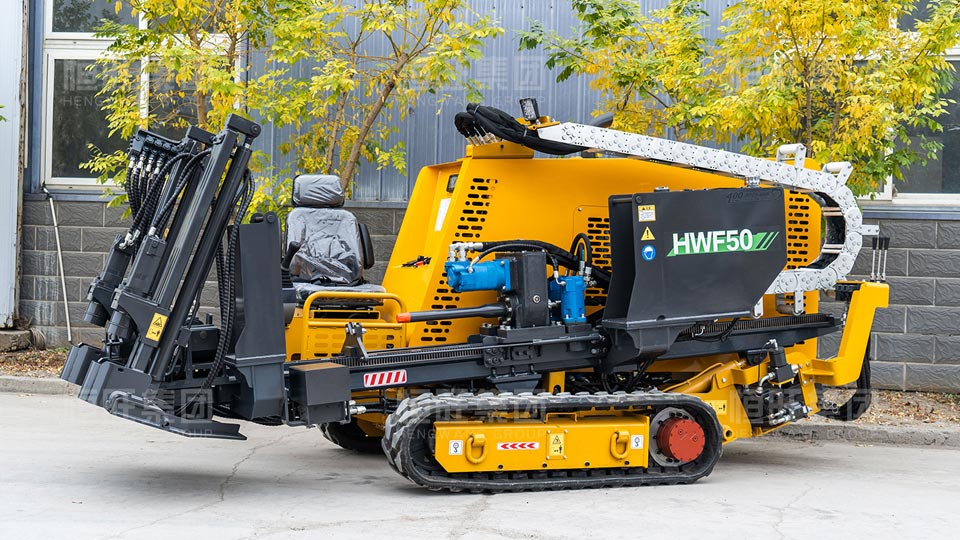
Economic Benefits of HDD Construction
From an economic perspective, HDD construction demonstrates clear advantages:
1. Cost Savings: With minimal surface disturbance, HDD construction dramatically reduces expenses for relocation compensation and road restoration
2. Efficiency Gains: Rapid site mobilization delivers construction speeds 3-5 times faster than conventional methods
3. Reduced Maintenance: Pipelines installed via HDD construction meet depth specifications, minimizing future maintenance needs
4. Lower Overall Costs: Despite higher equipment investment, total project costs are typically reduced
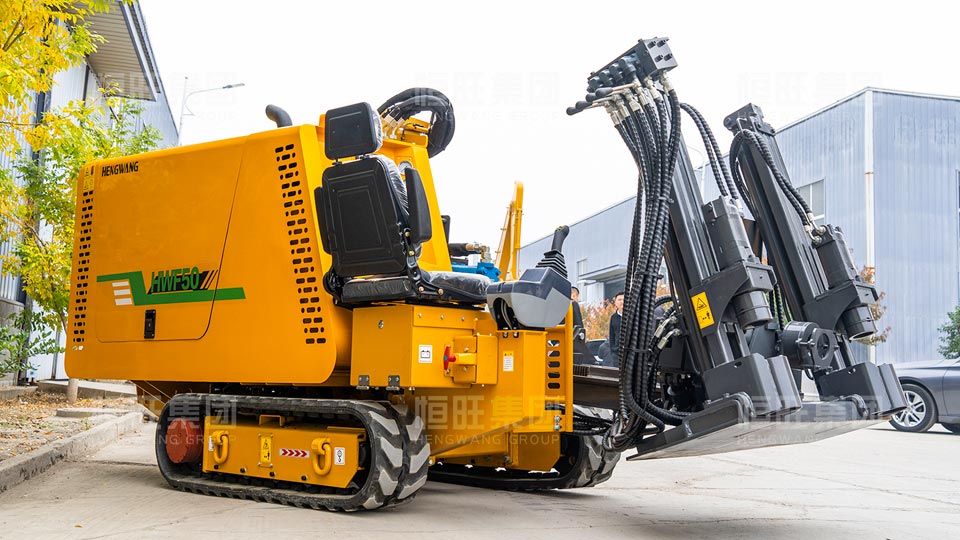
Application Prospects for HDD Construction
With technological advancements and increasing environmental requirements, HDD construction technology shows promising potential in:
1. Urban Pipeline Networks: Particularly suitable for underground installations in high-traffic areas
2. River Crossing Projects: Becoming the preferred solution for trans-river pipeline construction
3. Heritage Site Work: Enables pipeline installation without disturbing surface landscapes
4. Emergency Repairs: Provides rapid response for pipeline failure remediation
Practice has proven that HDD construction not only addresses numerous drawbacks of traditional open-cut methods but also pioneers new technical pathways for underground engineering. As equipment becomes more intelligent and processes continue improving, HDD construction will undoubtedly play an increasingly vital role in future urban development projects.
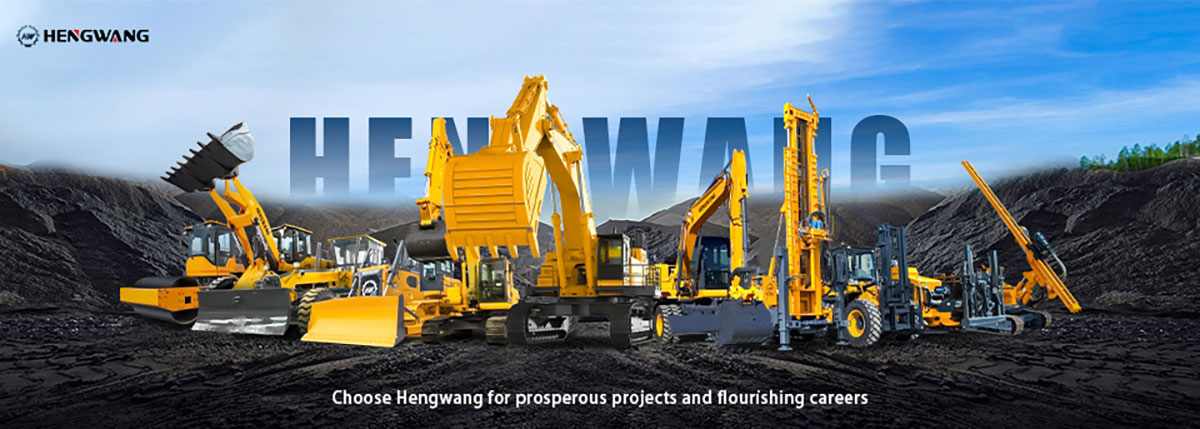
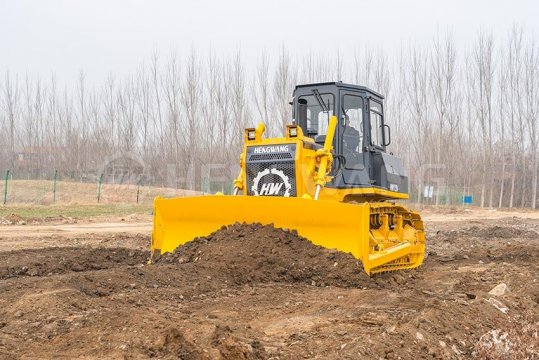 Bulldozer Blade Types: Core Configuration for Adapting to Different Operating Scenarios
Bulldozer Blade Types: Core Configuration for Adapting to Different Operating Scenarios
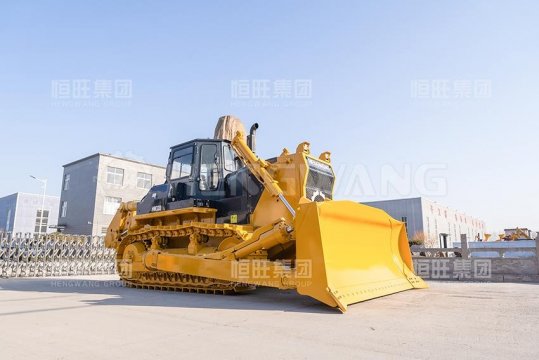 Swamp bulldozer: An Efficient Solution for Operations in Muddy Environments
Swamp bulldozer: An Efficient Solution for Operations in Muddy Environments
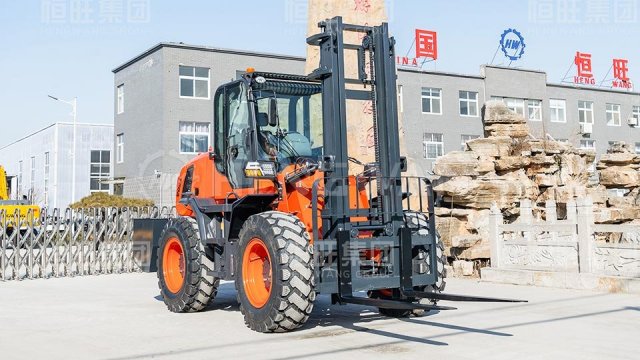 Rough terrain forklift with highest load capacity: A High-performance Solution for Heavy-duty Outdoor Operations
Rough terrain forklift with highest load capacity: A High-performance Solution for Heavy-duty Outdoor Operations